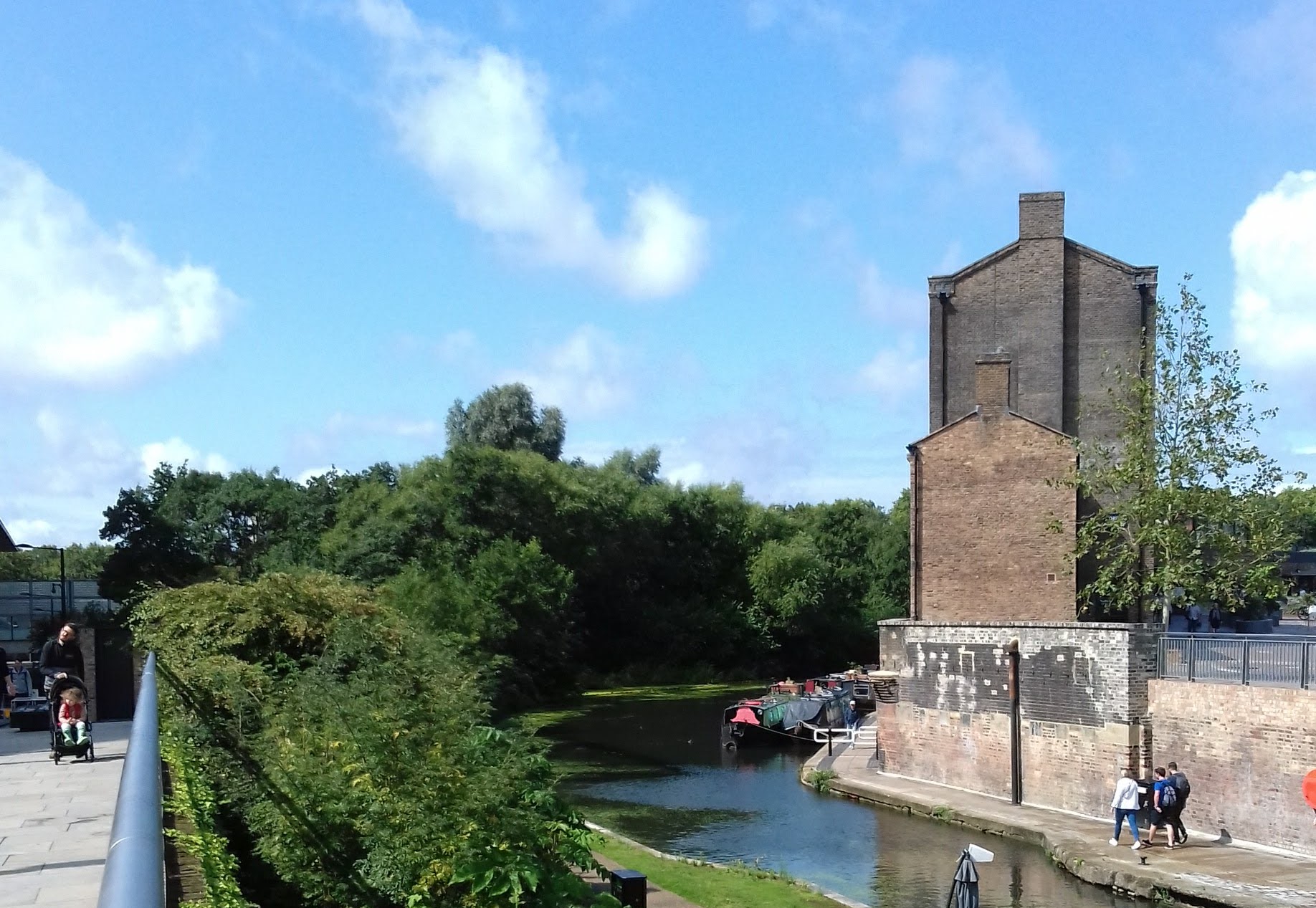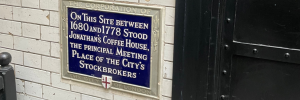Today, Regent’s Canal stands as a tranquil escape for Londoners and tourists alike, offering serene boat trips, leisurely walks along the towpath, and fascinating lock operations performed by members of the Canal and River Boat Trust. Yet, this waterway was not always the idyllic haven it is today. Tracing its origins back to the early 19th century, Regent’s Canal had a primary purpose as a vital cog in the machine of London’s burgeoning Industrial Revolution.




The Birth of Regent’s Canal
The concept of Regent’s Canal came into existence thanks to Thomas Homer, who proposed a canal that would connect the Grand Junction Canal at Paddington to the burgeoning docks at Limehouse. However, the project faced a multitude of obstacles, ranging from disputes with landowners to the securing of essential finances. Infamously, Homer himself was implicated in embezzlement activities related to the project. Despite these setbacks, the canal was officially inaugurated in 1820, with James Nash, the project’s architect, and other company directors navigating its full length in a ceremonial barge. Nash, a close associate of the Prince Regent—later known as King George IV—successfully persuaded the royal to lend his name to the waterway, thereby christening it as Regent’s Canal.A Marvel of Transportation
In the era of its creation, Regent’s Canal revolutionised the movement of goods in London. Remarkably, a horse could carry thirty times more weight on water than on land, making the canal an incredibly efficient means of transport. The Regent’s Canal Dock in Limehouse received raw materials from across the globe, with coal and timber being particularly dominant. Depots and warehouses sprung up along the route, storing everything from iron and copper to food produce. The canal’s role extended to supplying coal to the gasworks at King’s Cross, initially fuelling the streetlights before expanding to domestic usage.
Engineering Wonders
The direction of Regent’s Canal descends towards the Thames, necessitating the installation of locks to maintain the water level—twelve in total. These locks were diligently operated by lock keepers, who worked arduous twelve-hour shifts during the days when both lock chambers were in constant use. The canal also features three tunnels, designed to tackle areas where the terrain was too steep for locks. The longest among these is the impressive Islington Tunnel, which stretches an astounding 880 metres.The Evolution of Towing Methods
Initially, barges along Regent’s Canal were horse-drawn, gliding along a towpath designed with a cinder surface to protect the horse’s hooves. As technology advanced, steam tugs replaced the more traditional methods, speeding up the movement of barges considerably.From Commercial Route to Leisure Space
Though the canal enjoyed a prosperous existence, the rise of road transport in the mid-20th century signalled its decline as a commercial route. By the late 1960s, lorries had supplanted barges for the majority of goods transport. Regent’s Canal has undergone a remarkable transformation from its inception as an industrial thoroughfare to its current status as a popular leisure spot. The story of Regent’s Canal serves as an intriguing chapter in London’s rich history, illustrating the city’s adaptability and resilience through the ages. Whether you’re keen to embark on a boat trip, take a leisurely walk or explore the nearby Camley Street Natural Park and Granary Square, you’ll find yourself immersed in a space that marries history and relaxation in the most captivating of ways. Buy tickets for All Change at King’s Cross guided walk and find out more about London’s industrial past. Book a Private tour with Kirstie



